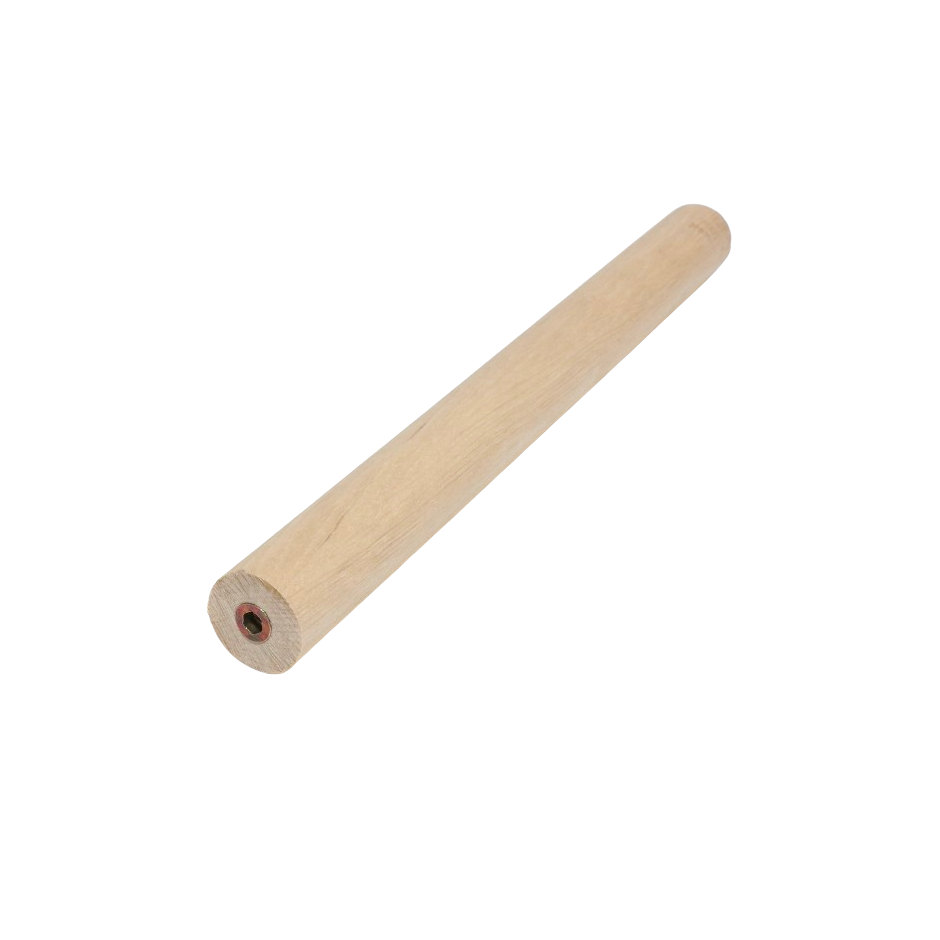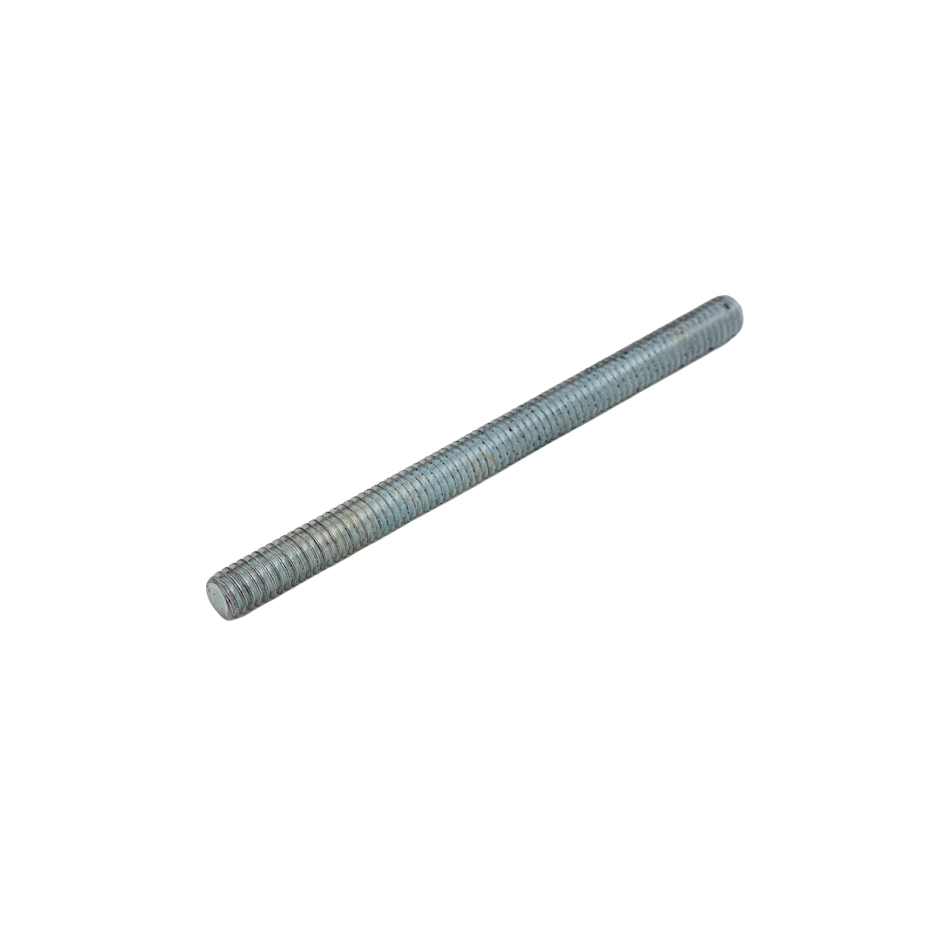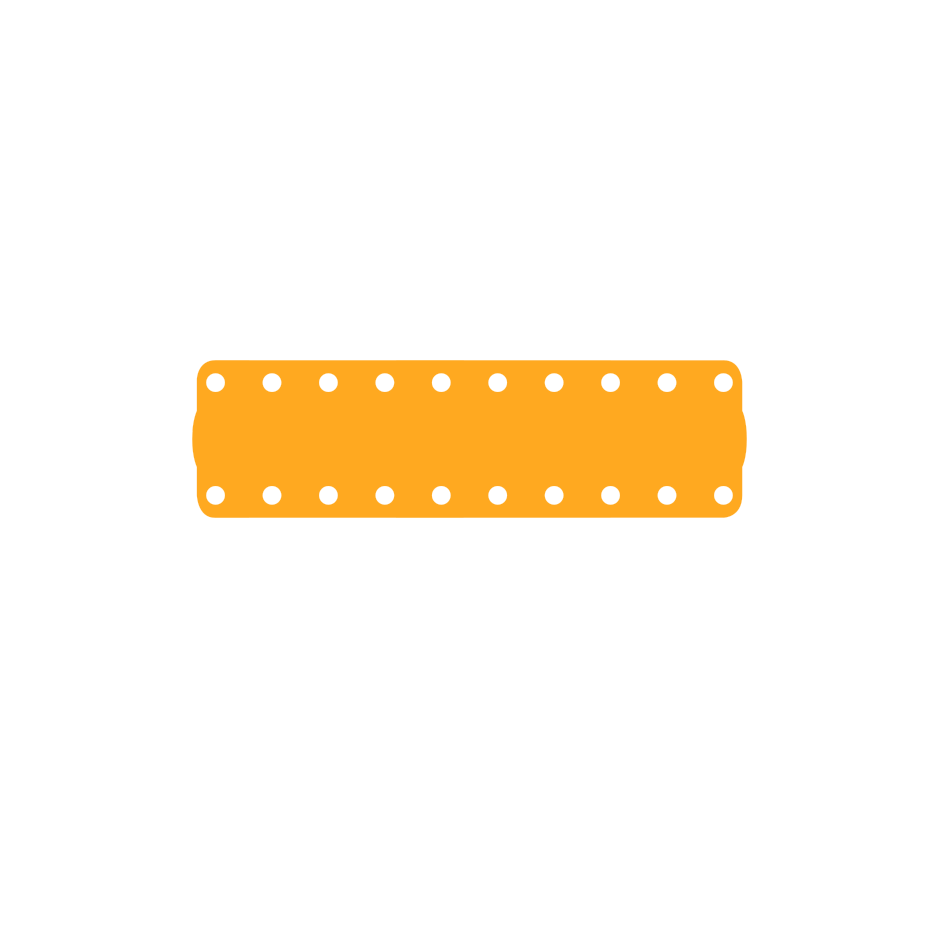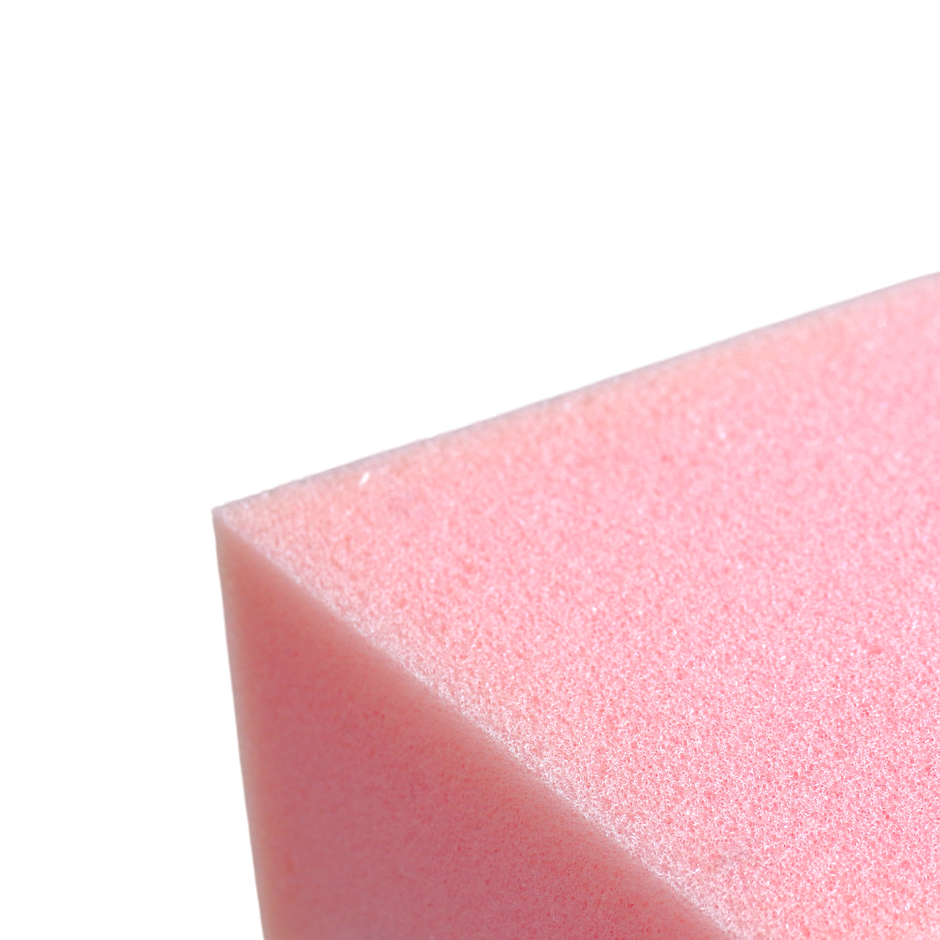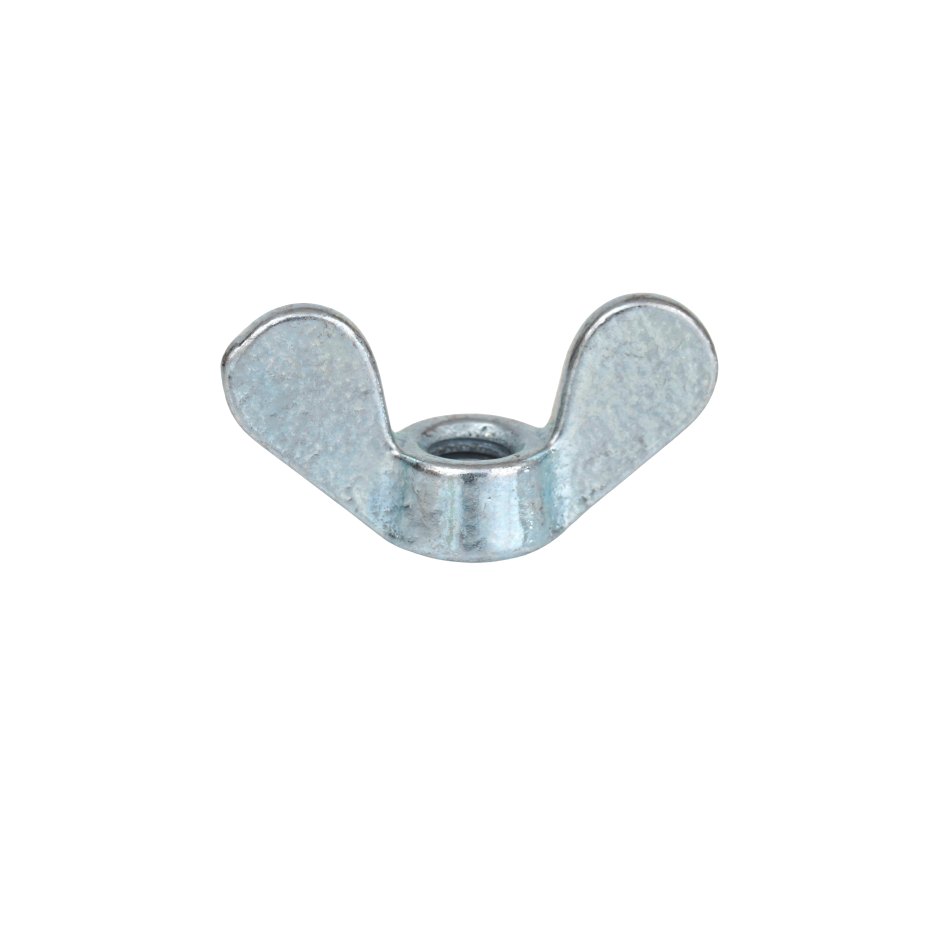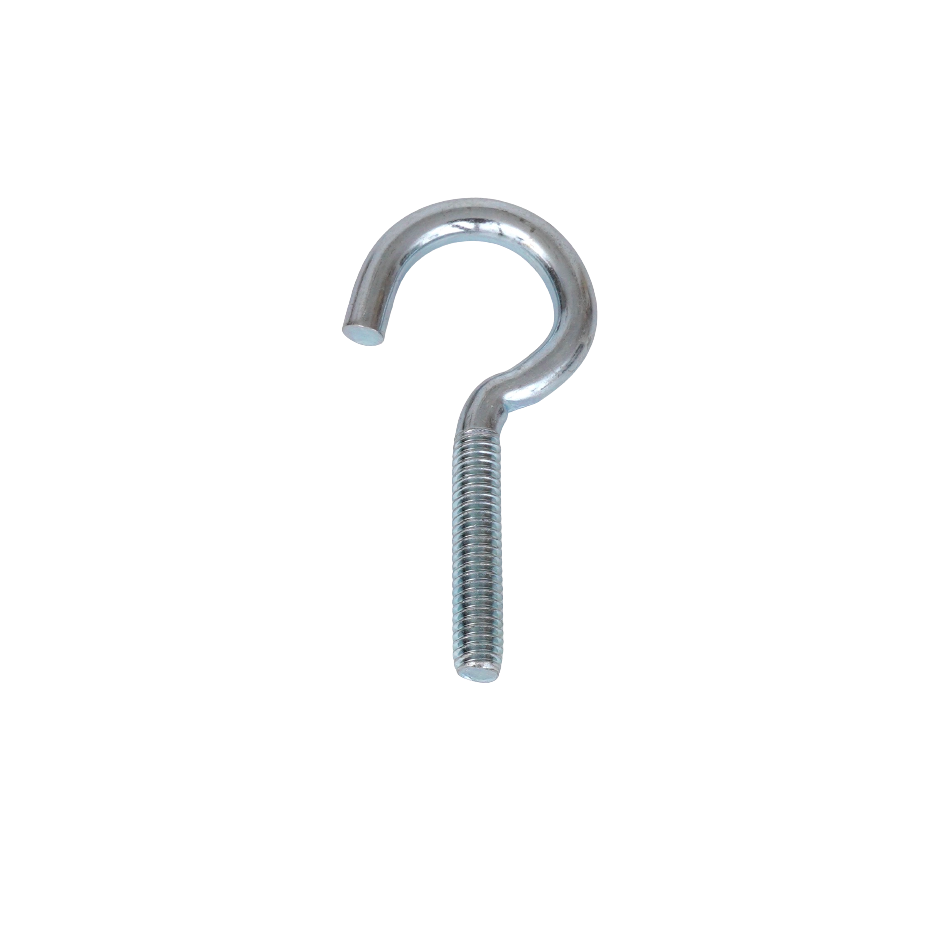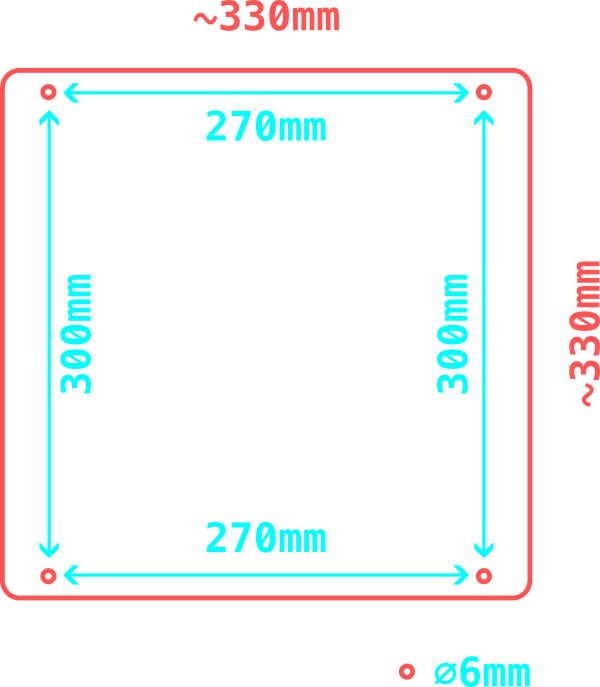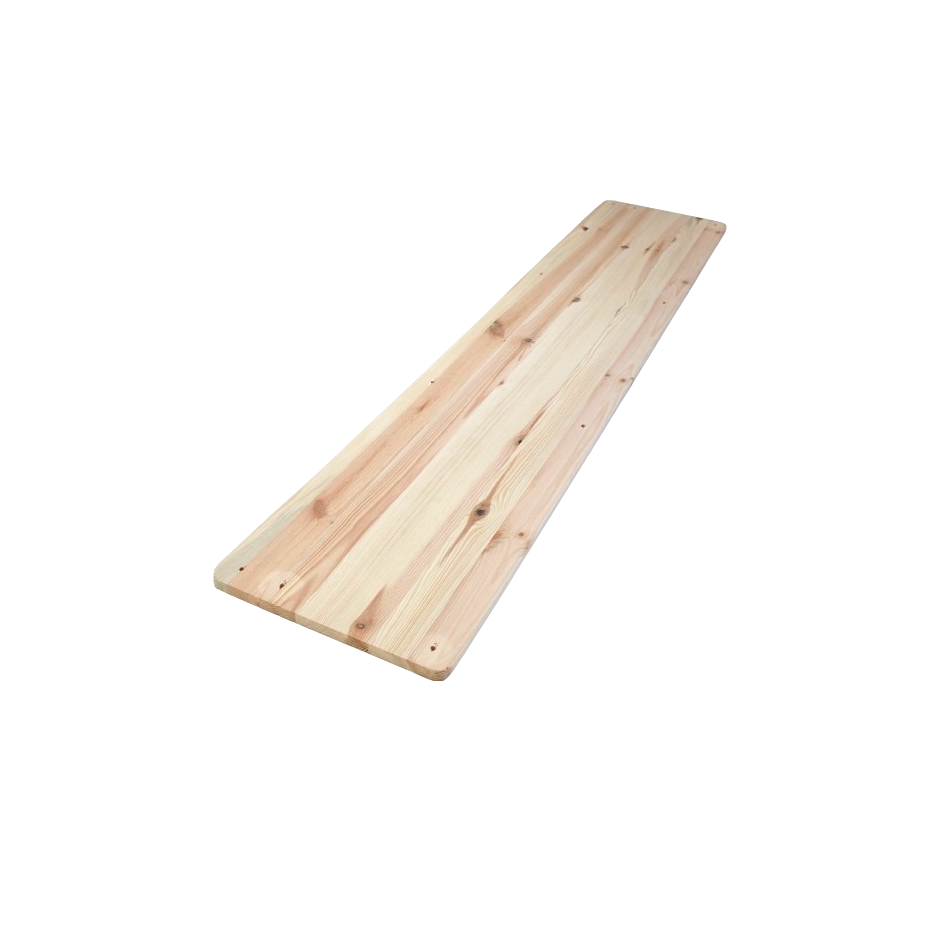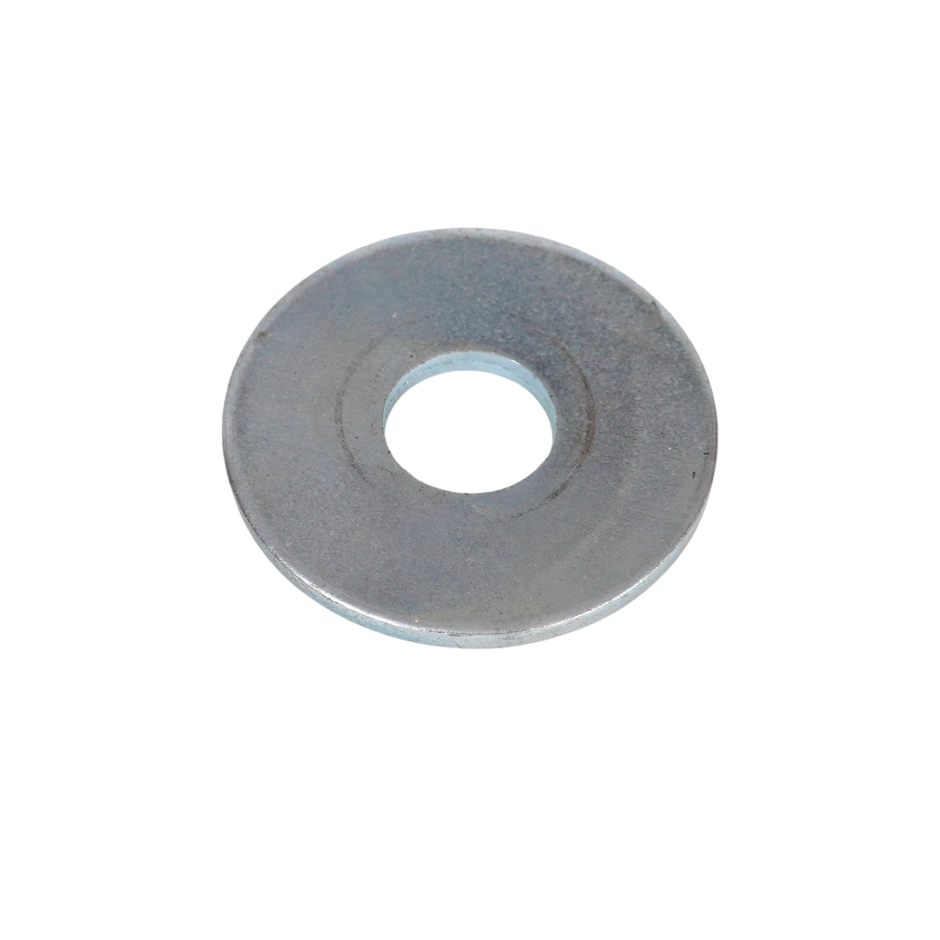Part info
- What: A rod with M4 insert threads on both sides.
- Material: strong
- Measures: 210mm high (fixed!), ⌀ ~20mm. The insert threads are 10mm deep in. There is an extra 20mm space for a bolt after the insert thread. So in total there is room for a 30mm M4 bolt. Study the sketch of the part 95.4 – this part follows the same logic but with different measures.
Tolerance
- Size: The length is fixed at 210mm, but the ~20mm diameter is flexible within the standard tolerance
- Material: standard tolerance
Exchangeability
- This part is an Elephant Rod. The original Elephant Rods were introduced by Parker Haynes via the Elephant Shelf. The rods proved to be particularly useful. And so other versions were introduced in addition to the original version (part numbers 095.-). Namely thicker (⌀ ~50mm, part numbers: 129.-) for more strength and contact surface and thinner (⌀ ~20mm, M4 threads, part numbers 112.-) for applications that are exposed to less stress and can therefore save material and volume. The versions may be interchangeable. Depending on how much thickness is needed for the respective set or how much space the design of the set provides for the rods.
Get the part
- BUY
- Globally ↓
- Available as local make.
- From Max of Materialogic (made on demand, shipping from Germany)
- Locally ↓
- None so far
- Want to make and sell this part? Add your store
- Make: See box below:

Elephant Rod Making Box
Ikego has various parts in the system that are tubes or beams with internal threads on both sides (095._, 112._, 129._). There are different ways to make them. Some of them are documented here:
1 solid material

Designer Parker Haynes, who originally introduced this type of part into the system (via the Elephant Shelf) has shared a how-to for inserting screw-in nuts into solid wooden (or plastic) poles. See PDF here.
2 pipes with (3d printed) inserts

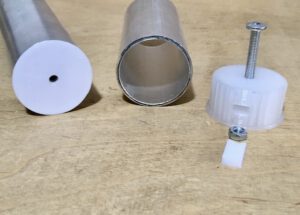
You can buy tubes put inserts into them. These can be made of solid material and can also be 3D printed. In the meantime, a small collection of directly printable inserts has been created and shared for various pipe diameters. Download STLs for them here:
(If the link does not work go here and search for “Elephant Rod Inserts”)
Remark on 3d printed inserts:
- If the pipe is strong (e.g. aluminium) and you print the exact diameter, you may not need to glue or screw the insert in. You might get lucky and it will just stay in.
- Most of the inserts shared work with a channel for a regular M6 nut. So the thread is metal. Usually there is also a “lock” that helps to keep the nut in place and avoid that it spins and break the plastic. Of course, this part needs to be printed with a strong infill, because the part is holding the nut in place, and if you’re going to put a lot of pressure on it to ensure a stable connection, the 3D printed walls need to be able to withstand that pressure. If the component is not strong enough, the M6 nut will break the walls and start to rotate inside the component.

Introduced by
- Designer: Lars Zimmermann building on the work of Parker Haynes
- Original post, original post backup (html)
- Open: Shared under IPP 1.0
- Disclaimer

Most parts have open design and manufacturing files you can download above.
More parts
